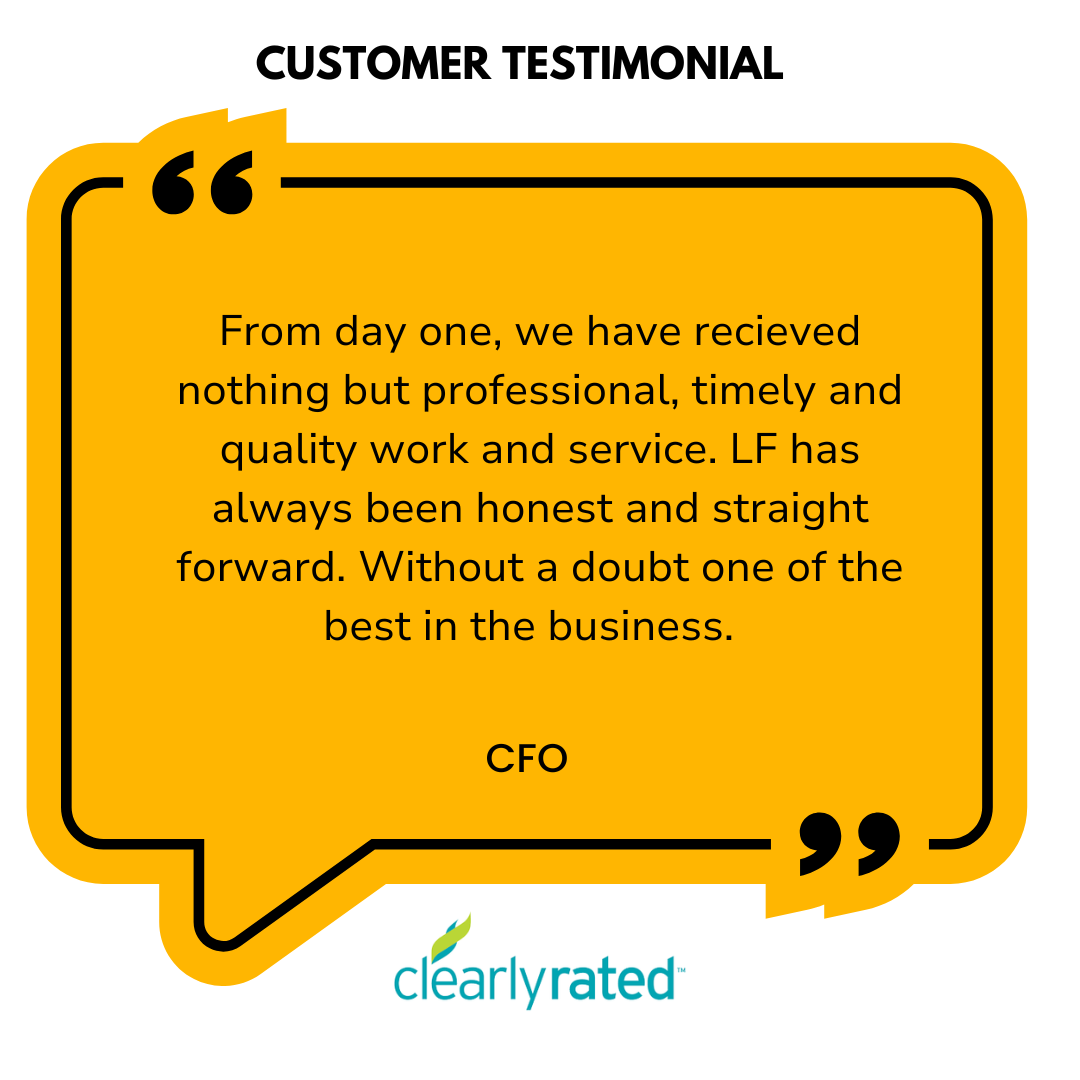Executive Summary
As a long-time customer, the Enterprise Software Solution Provider (ESSP) encountered a $3 million Oracle compliance fee due to unlicensed software usage during an IT overhaul. LicenseFortress stepped in to help ESSP transition from Oracle Database Enterprise Edition to the more cost-effective Oracle Database Standard Edition 2, resulting in a 90% reduction in Oracle software costs. Additionally, by migrating their disaster recovery strategy to Azure, ESSP cut annual costs from $40,000 to $5,000 while streamlining operations. These strategic changes ensured both compliance and substantial cost savings.
Challenges
The initial engagement between LicenseFortress and the Enterprise Software Solution Provider (ESSP) revolved around a significant Oracle licensing compliance issue. The ESSP, a long-term Oracle customer, faced a $200,000 penalty for inadvertently enabling unlicensed database features. To prevent future violations, they purchased two Oracle Database Appliances (ODAs), one for production usage and one for disaster recovery. However, during an IT infrastructure overhaul, a Managed Service Provider’s oversight led to a massive $3 million compliance fee due to unlicensed usage of Oracle software on the new hardware.
Read their first case study in full: Third-Party MSP Triggered $3M in Oracle Compliance Fees for this Enterprise Software Solution Provider
The client was initially operating on Oracle Database Appliances, a situation compounded by the complexities and confusion surrounding Oracle licensing. This led to them being inadvertently locked into using specific hardware, resulting in substantial overpayment for Oracle licensing and products.
Solution
To address this issue, a thorough reevaluation of their business requirements was conducted. This assessment revealed that the features of the Oracle Database Enterprise Edition, which they were using, were not necessary for their operations.
Our sister company, VLSS LLC, played a crucial role in this transition. They provided testing and validation support, confirming that a switch from their current setup was both feasible and beneficial.
Subsequently, the client migrated away from the Oracle Database Appliances and the Database Enterprise Edition. They transitioned to the Oracle Database Standard Edition 2, utilizing a combination of VMware virtualization and Dell hardware. This strategic move not only aligned better with their actual needs but also led to 90% cost savings in their Oracle software expenditure.
The client’s transition to a more appropriate Oracle edition streamlined their Oracle environment, reducing both complexity and costs and facilitating easier management and migration. This strategic shift was further enhanced by overhauling their disaster recovery strategy. They moved from maintaining two data centers to utilizing Azure, coupled with Veeam, which markedly improved their operational efficiency and cost structure.
Azure’s robust and scalable cloud platform, capable of supporting a diverse array of workloads including Oracle databases, played a key role in this transition. The migration to Azure enabled the client to take advantage of Azure’s inherent elasticity and agility. During normal operations, the client can run on a small footprint in Azure, maintaining records of transactions done on the production environments. In the event of a disaster, the client can quickly and easily scale up their Azure instances providing sufficient resources for production workloads.
Results
In today’s digital landscape, aligning disaster recovery strategies with business objectives is increasingly crucial. A robust disaster recovery plan ensures business continuity during unforeseen events while maintaining operational efficiency and data integrity. Integrating disaster recovery with workload management, especially in cloud environments, minimizes downtime and data loss while optimizing resources. This alignment is vital when managing diverse workloads, including Oracle and Azure, where seamless recovery orchestration enhances both resilience and efficiency.
1. Cost-Effective Disaster Recovery
By leveraging Azure and Veeam for disaster recovery, the company reduced its disaster recovery costs dramatically, from approximately $40,000 to just $5,000 annually. This represents a significant saving of $35,000 per year.
2. Alignment of Oracle and Non-Oracle Workloads
Migrating to Azure allowed for the integration of Oracle workloads with non-Oracle workloads. Azure’s flexible and adaptive infrastructure supports a wide range of applications and data workloads, facilitating a unified management approach. This integration simplifies IT operations, making them more efficient and less complex.
3. Standardization of Business Operations
The move to Azure streamlined various business operations. The Azure platform’s ability to run both Oracle and non-Oracle workloads under a single cloud environment helped in standardizing processes and reducing operational complexity.
4. Innovative and Integrated Solutions
With Azure, the company could innovate and integrate solutions more effectively. Azure’s support for Oracle workloads further streamlined the migration and modernization of these workloads in the cloud environment.
Conclusion
The ongoing partnership with LicenseFortress played a crucial role in significantly reducing ESSP’s software costs and streamlining its disaster recovery strategy. The integration of Azure was key in achieving these cost savings and operational efficiencies.
Optimize Your IT Spending with Expert FinOps Strategies
Managing your IT budget while staying compliant with Oracle licensing can be challenging. At LicenseFortress, our FinOps expertise helps you maximize savings, streamline operations, and ensure financial efficiency. Discover how our tailored FinOps strategies can transform your IT spending and drive better outcomes for your business.


